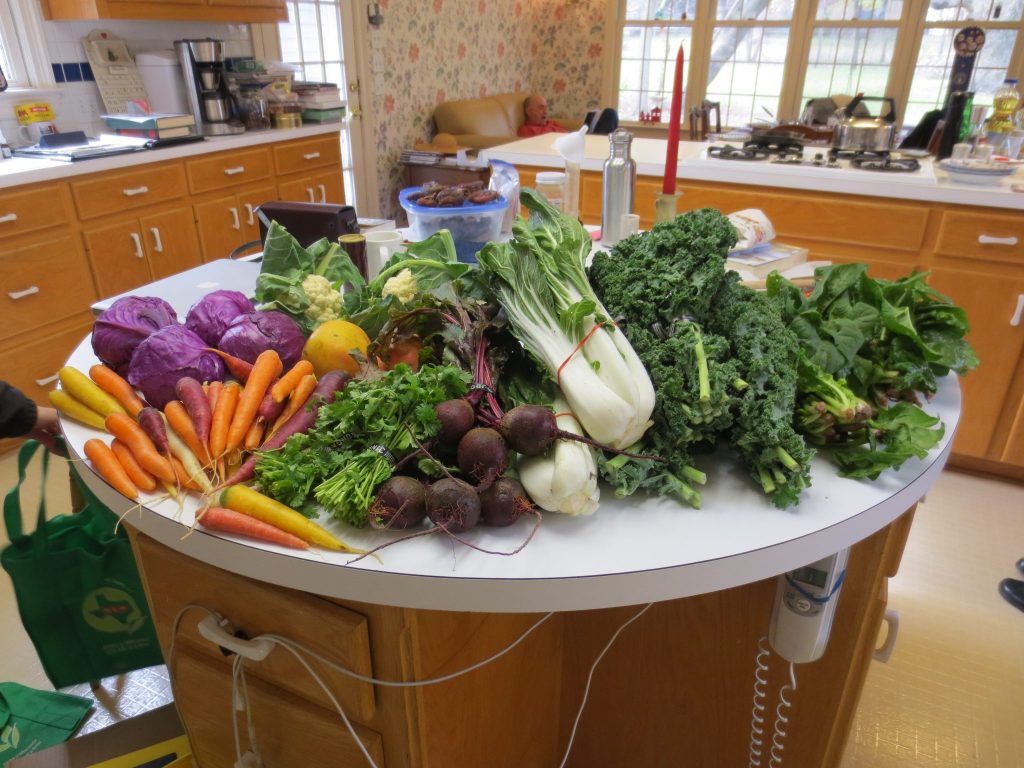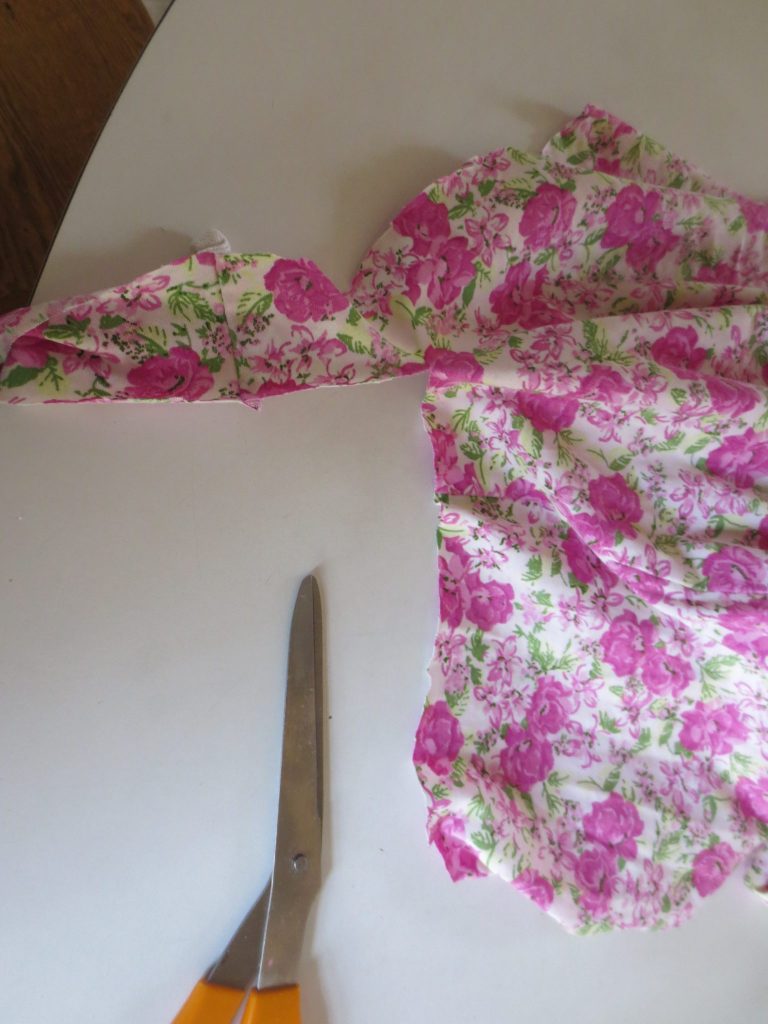


Food, sustainablity, and some other stuff
Events from J’s and N’s lives.


I found a neat tool from the EPA that shows the energy sources that your local electricity is generated from.

Our electricity provider, PG&E, has a really nice website. It has plots of our energy usage by hour (wow, such resolution!) and compares our overall usage to similar homes in the area. You can totally see those days when it was too hot to go without air conditioning, ’cause the energy usage goes waaaaay up. It is also really easy to switch to different billing plans (tiered, energy at night is super cheap, etc) and to buy renewable energy. It’s a very fun website 🙂

I found this really thorough and very interesting blog post on basically every type of sweetener available. The author evaluates each sweetener with regards to processed-ness and healthfulness (with an initial warning that sugar is bad for you…). Once we run out of the sugar we have, I’d like to get palm sugar (coconut sugar). I can probably get some from SoCal, which has a bunch of date palm plantations. Although they’re not native to the Americas – they probably originated near Iraq, date palms are supposed to be pretty sustainable to grow, since they require very little water. Sorghum syrup, blackstrap molasses (high in iron!), and rapadura (panela), the least-processed form of cane sugar, also have some appeal.
On a related note, I’ve been reading about the purported benefits of a low-carb diet and thought it would be interesting to track my carb consumption (although paleo seems hard if you don’t eat meat…). MyFitnessPal is really good for food consumption and body-measurement tracking, and it’s easy to use.
Over Christmas break, my siblings A and C volunteered at Johnson’s Backyard Garden (JBG), a local Austin CSA that delivers produce in the area.
JBG relies pretty heavily on volunteers to maintain fields and pack the produce. To persuade people to volunteer, JBG gives each volunteer a free box of produce!!! Okay, the value-per-hour based on the cost of a box is below minimum wage, but it’s nice to go somewhere and do something. If you go volunteer, you also get access to the reject veggies (which mostly look fine – food waste!) to take home.


We usually think of vanilla as ubiquitous in sweets, but it hasn’t actually been in use for very long. It used to be one of those super expensive tropical extravagances that only the wealthy could afford; the lower class people made do with rosewater (which, ironically, is considered fancier now). My mom originally saw an article on this topic on Atlas Obscura.
Unlike vanilla, you can make rosewater at home! Rosemary Gladstar’s Herbal Recipes for Vibrant Health has instructions on how to make your own. You set up a simple steam distiller. All you need besides that is water and rose petals (forageable!).
Rosewater is used in fancy cosmetics. I don’t know if it actually does anything, but it makes the product smell nice 🙂
I have a pair of not super high quality socks that were getting major holes in them. (Oddly, the holes were under the ball of my foot…) I didn’t actually intend to repair them – they’re definitely not worth it – but in the end couldn’t bring myself to throw them away. At least I got to practice my darning skills!

A darn is basically a little patch of woven material. You sew back and forth over a hole, then go back and forth the other direction, running your thread over and under the crosswise threads. See this post for detailed instructions.
The blogger who runs that site seems very into obvious patching and the distressed look. For example, see this patch, where he specifically says to not sew too carefully. You wouldn’t want it to look good or anything. He’s going to look like a hobo one day – and I probably will also…
In the course of composing the post on fried food, I realized that I haven’t talked about the wok yet!!
J and I have this amazing Le Creuset wok (in red). Le Creuset is considered the holy grail of enamelware, which is glass-coated metal in general (cast iron in this case). Other companies’ enamel, including Lodge, unfortunately, has a tendency to chip off. The wok is incredibly heavy. According to Amazon, it weights 12 pounds. It is impossible to lift with only one hand, so it’s a good thing that it has two handles.
Sibling C and I found the wok at a thrift store for $25. We hit the jackpot!! The key to this particular find was the type of thrift store. It is on the border between a rich neighborhood and a poor neighborhood. I suppose it was built there to serve the poorer people, but it means that all the wealthy people donate their cast-offs there. So you can find silver, full sets of china, fancy coats, and fancy furniture.
While I admire Le Creuset products for being high-quality and durable, I would be hesitant to buy new. I do think the price is worth it if you would actually use the item, but they don’t hit all my requirements for new items.
Le Creuset products are made in France (better than China, but worse than the US). The company markets itself as a luxury brand, so their products are considered status symbols. Hence there are a lot of people who own Le Creuset but don’t use them (total waste!). This also means that there is thriving market of used and vintage Le Creuset, so might as well buy one of those! On a nitpicky note, I also don’t like that the lid knob is plastic.
Rag rugs are a great way to reuse clothing that is too worn to wear, repair, or donate. As my mom says, you can always have more rugs! Basically you tear or cut the garments and fabric into strips, then weave, knit, or crochet the strips into a rug. Super easy!
This is a great use for clothes that are too worn to patch and too worn to donate. Any material (cotton, polyester, etc) and any type of cloth (woven, knit) can be used. However, I try to use a single material and type of cloth within a rug. Knits and wovens in particular behave differently.

There are a ton of rug-making methods:
A braided way (you can do the same technique using an n-strand braid)
A knit way (using linen stitch)
Crocheting
This is definitely an accessible craft. For the simplest method (braiding), all you need is rag strips! You should try it!

For the rug that I made, I used a child’s dress (pink flowered), a robotics t-shirt (turquoise), a scrap of single-knit cloth (pink), an old pajama shirt of Sibling A’s (light blue), and part of a fitted sheet (white with turquoise stripes). It ended up way more themed than expected. I’m used to rag rugs looking more mismatched, which is a nice look, too!
Friend A, the one who is allergic to everything (not the Friend A who likes bugs and bitcoin), needed some potholders. Of course we have a huge supply of potholder looms and loops (here’s a short history of woven-loop potholders). It is a classic childhood craft.




Good potholders are essential to cooking (although occasionally I have wanted my leather welding gloves to protect the backs of my hands in tight spaces)! Sibling C thinks that this style of potholder is the best there is.
